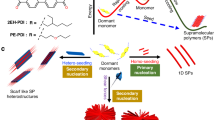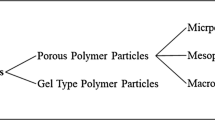Summary
Successive Self-Nucleation and Annealing (SSA) in the Solvated state (STAF) is a thermal analysis technique which provides a more rapid testing alternative to temperature rising elution fractionation (TREF) for limited data analysis. Differential scanning calorimetry (DSC) is used to observe the melting behavior of the polymer after it is subjected to a series of discrete annealing steps. These annealing steps are intended to fractionate the polymer based on its short chain branching content, molecular mass, or the ‘crystallizability’. After the annealing steps are complete, the sample is cooled, and then a final melting step is performed. The resulting endotherm shows a series of peaks that correspond to each annealing step, with a decrease in short chain branching resulting in a higher peak temperature. The partial area of the highest temperature peaks above 90°C is used to calculate the fraction containing the lowest amount of short chain branching, usually assigned as the ‘homopolymer’ or ‘high density’ fraction. This method can be customized to tailor the required information for shorter run times. By eliminating some annealing steps, the shortened STAF SSA method has been shown to be able to detect and quantify minute amounts of the homopolymer fraction.
Similar content being viewed by others
Author information
Authors and Affiliations
Rights and permissions
About this article
Cite this article
Chau, J., Teh, J. Successive self-nucleation and annealing in the solvated state of ethylene copolymers. J Therm Anal Calorim 81, 217–223 (2005). https://doi.org/10.1007/s10973-005-0770-y
Issue Date:
DOI: https://doi.org/10.1007/s10973-005-0770-y




